Valley of Fire State Park
- December 26, 2023
- 0 comment
Located within the vast expanses of the Mojave Desert, the Valley of Fire State Park in Nevada is a mesmerizing testament to the raw beauty sculpted by the forces of time. Spanning nearly 46,000 acres, this park, located just 16 miles south of Overton and 50 miles northeast of Las Vegas, is renowned for its breathtaking Aztec Sandstone formations. Carved by nature’s hand over 150 million years ago, these crimson-hued rocks lend the park its evocative name and seem to set ablaze under the desert sun.
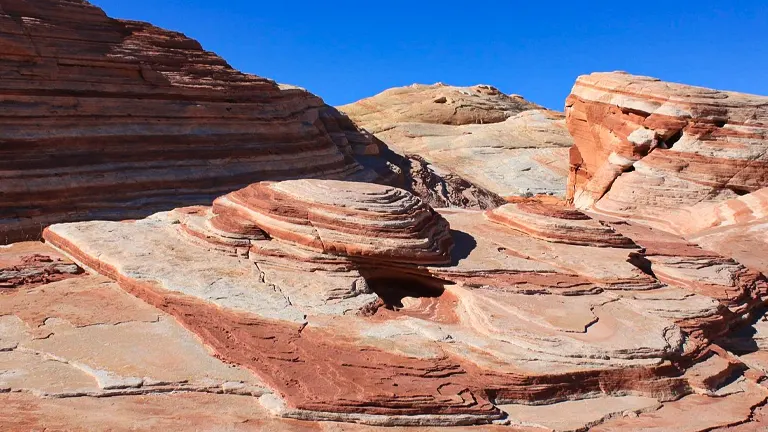
As Nevada’s oldest state park, its significance is etched not only in the vibrant geology but also in the traces of ancient civilizations. The Ancestral Puebloans, also known as the Anasazi, once called this rugged terrain home, leaving behind a rich tapestry of petroglyphs that whisper tales of their existence. With a landscape shaped by millennia of uplifting, faulting, and erosion, the Valley of Fire stands as a living canvas, inviting visitors to explore its unique blend of geological wonders and cultural history.
Characterizing Features of the Valley of Fire State Park
- Aztec Sandstone Formations: The iconic red sandstone formations, primarily composed of Aztec Sandstone, are the hallmark of the Valley of Fire State Park. Carved by wind and water over 150 million years, these structures not only define the park’s landscape but also create a surreal spectacle, appearing as if aflame when illuminated by the sun.
- Ancient Petroglyphs: Scattered throughout the park are ancient petroglyphs, eloquent expressions of the Ancestral Puebloans who once inhabited the Valley of Fire. Dating back to 300 BC to 1150 AD, these intricate rock carvings offer a captivating glimpse into the daily lives, rituals, and beliefs of these ancient peoples.
- Geological Diversity: Beyond the striking sandstone formations, the Valley of Fire showcases a rich geological tapestry. Limestones, shales, and conglomerates contribute to the rugged and diverse terrain, a result of complex uplifting, faulting, and extensive erosion that has unfolded over the ages.
- Civilian Conservation Corps Heritage: The Valley of Fire State Park owes part of its existence to the Civilian Conservation Corps (CCC), whose workers played a pivotal role in its development during the 1930s. Building campgrounds, trails, stone cabins, and roads, the CCC’s legacy is etched into the park’s infrastructure, enhancing the visitor experience.
- Cultural History of Anasazi: The Ancestral Puebloans, known as the Anasazi, left a profound cultural imprint on the Valley of Fire. Their approximate occupation from 300 BC to 1150 AD is evident not only in petroglyphs but also in the remnants of their presence, offering a tangible connection to the region’s prehistoric past.
- Valley of Fire Road: The scenic Valley of Fire Road, winding through the park, serves as a gateway to its wonders. Formerly designated State Route 40, this two-lane highway showcases the vibrant landscapes of the park, guiding visitors through a visual feast of colorful mountains and diverse geological formations.
- Mojave Desert Climate: The Valley of Fire State Park experiences a dry and warm Mojave Desert climate. Winters are mild, with daytime temperatures ranging from 54 °F to 75 °F, while summers can be scorching, with daily highs reaching 100 °F to 115 °F. Thunderstorms during the Southwestern Monsoon season bring occasional rain, adding to the dynamic desert environment.
- National Natural Landmark: Recognized for its geological significance, the Valley of Fire attained the prestigious designation of a National Natural Landmark in 1968. This acknowledgment underscores the park’s importance as a living testament to the Earth’s intricate processes and the enduring forces that shape our planet.
History
Valley of Fire State Park, Nevada’s oldest state park, has a rich history that unfolds against the backdrop of stunning geological wonders and dedicated human efforts. The park’s story began in 1931 when Nevada acquired 8,760 acres of federal land, paving the way for what would become a haven for nature enthusiasts. In 1933, the Civilian Conservation Corps (CCC) took up the mantle, initiating transformative work that turned the rugged desert terrain into a recreational paradise. The CCC’s meticulous craftsmanship gave rise to campgrounds, trails, stone cabins, ramadas, and roads, shaping the park’s infrastructure.
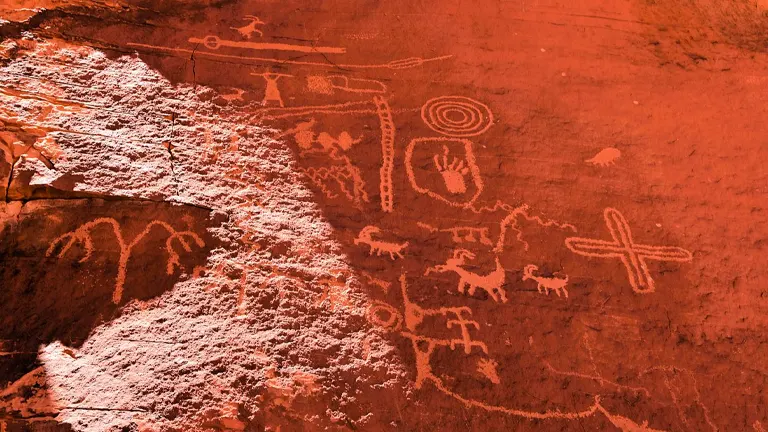
Opening its doors to the public in 1934, Valley of Fire revealed the breathtaking red sandstone formations, a testament to the artistry of natural forces spanning millions of years. The state legislature officially designated it a state park in 1935, solidifying its status as a cherished natural treasure. Beyond its geological allure, the park preserves petroglyphs left by the ancient Ancestral Puebloans, adding layers of cultural history to its landscape. Today, Valley of Fire State Park stands not only as a testament to the enduring beauty etched into the Nevada terrain but also as a living legacy of both nature’s wonders and human dedication to conservation.
Importance in Conservation and Recreation of Valley of Fire State Park
Valley of Fire State Park plays a vital dual role by preserving distinctive geological wonders and providing an active outdoor retreat. Established in 1935 as Nevada’s oldest state park, its 46,000 acres reflect the state’s commitment to safeguarding its breathtaking landscapes. The park’s red sandstone formations, shaped by natural processes over millions of years, not only captivate the eye but also serve as a significant piece of Earth’s geological narrative. Beyond its conservation mission, Valley of Fire has become a thriving center for outdoor enthusiasts.
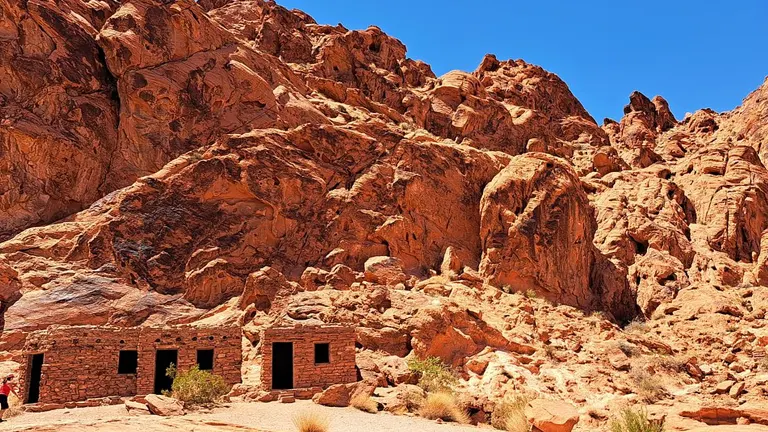
Developed by the Civilian Conservation Corps in the 1930s, the park features well-kept campgrounds, trails, stone cabins, and roads that facilitate exploration. Today, visitors can trek through the vibrant rock formations, uncover ancient petroglyphs, and immerse themselves in the distinctive Mojave Desert ecosystem. Valley of Fire State Park epitomizes the harmonious blend of preserving natural wonders and offering people a chance to revel in the splendors of the great outdoors.
Unique Location of Valley of Fire State Park
The uniqueness of Valley of Fire State Park’s location lies in its position within the Mojave Desert, 50 miles northeast of Las Vegas. Spanning an expansive 46,000 acres, the park showcases a distinct topography with elevations ranging from 1,320 to 3,009 feet. The park’s geological character is shaped by complex uplifting, faulting, and extensive erosion, resulting in remarkable formations of eroded sandstone and ancient sand dunes that date back over 150 million years.
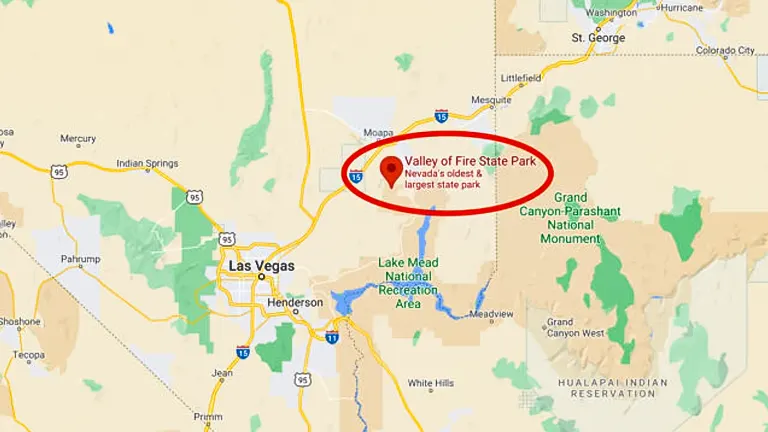
This distinctive landscape is further accentuated by a 4 by 6-mile basin, encircled by the rugged Muddy Mountains. Additionally, the park marks the confluence of the Virgin River and abuts the Lake Mead National Recreation Area to the east, contributing to its diverse geographical features. The Valley of Fire Road designated a scenic byway, traverses this captivating terrain, providing visitors with a firsthand experience of the park’s colorful and varied geological wonders. In essence, Valley of Fire State Park’s unique location seamlessly weaves together a rich tapestry of geological history, diverse topography, and captivating natural beauty within the vast expanse of the Mojave Desert.
Diverse Vegetation and Unique Plant Species:
- Creosote Bush (Larrea tridentata): This hardy desert shrub dominates the landscape of Valley of Fire State Park, releasing a distinct aroma into the arid air. Despite the challenging conditions, creosote bushes thrive in the park, showcasing their resilience in the face of the desert’s harsh climate.
- Joshua Trees (Yucca brevifolia): Standing tall with their spiky leaves, Joshua trees contribute to the unique vegetation of the park. Their distinctive silhouette adds a touch of drama to the rocky terrain, highlighting the park’s connection to the Mojave Desert ecosystem.
- Mojave Yucca (Yucca schidigera): Yuccas, including the Mojave yucca, are scattered throughout the landscape, their sharp, pointed leaves adapting to the park’s challenging environment. These plants play a crucial role in the desert ecosystem and contribute to the park’s botanical diversity.
- Brittlebush (Encelia farinosa): Blanketing the ground with its silver-toned leaves, the brittlebush adds a layer of color and texture to the park. This resilient plant showcases its adaptability, thriving in the arid conditions of Valley of Fire.
- Beavertail Cactus (Opuntia basilaris): With its distinctive flattened pads, the beavertail cactus is a notable presence in Valley of Fire. This plant is well-adapted to store water in its tissues, demonstrating nature’s ingenious strategies for survival in the desert environment.
- Barrel Cactus (Ferocactus cylindraceus): Barrel cacti, with their cylindrical shape and spiny exterior, are scattered throughout the park. These unique succulents play a vital role in the desert ecosystem, storing water to endure the hot and dry conditions of the Mojave Desert.
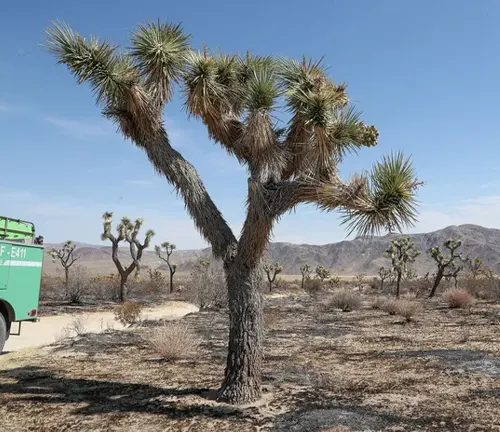

In Valley of Fire State Park, this diverse array of vegetation not only adds to the park’s ecological richness but also serves as a testament to the resilience and adaptability of plant life in the face of the challenging desert environment. Each species contributes to the unique tapestry of flora that thrives in this arid yet vibrant landscape.
Fauna:
- Desert Bighorn Sheep (Ovis canadensis nelsoni): Valley of Fire State Park is home to the elusive desert bighorn sheep, a symbol of resilience in the arid landscape. These majestic creatures navigate the rocky terrain with agility, showcasing their adaptability to the challenging conditions of the Mojave Desert.
- Kit Fox (Vulpes macrotis): The kit fox, a small and agile desert fox, finds a habitat in the rocky and sandy expanses of the park. Well-adapted to the desert environment, these foxes are skilled hunters, preying on small mammals and birds that thrive in the arid landscape.
- Gila Monster (Heloderma suspectum): Valley of Fire is home to the Gila monster, one of the few venomous lizard species in North America. With its distinctive orange and black patterned skin, this reptile adds to the park’s unique fauna. Although encounters are rare due to their elusive nature, these lizards play a vital role in the desert ecosystem.
- Peregrine Falcon (Falco peregrinus): The skies above Valley of Fire are graced by the presence of peregrine falcons, known for their incredible speed and agility in flight. These birds of prey find suitable nesting sites within the park’s rock formations, adding to the diverse birdlife of the region.
- Black-tailed Jackrabbit (Lepus californicus): The black-tailed jackrabbit, a nocturnal herbivore, is a common sight in Valley of Fire State Park. Adapted to the desert’s extreme temperatures, these hares play a crucial role in the park’s ecosystem by helping control vegetation through their grazing habits.
- Collared Lizard (Crotaphytus collaris): The collared lizard, with its vibrant colors and distinctive neck band, is a resident of Valley of Fire. Often seen basking on rocks, these reptiles are well-adapted to the desert environment, utilizing their surroundings for thermoregulation and protection from predators.
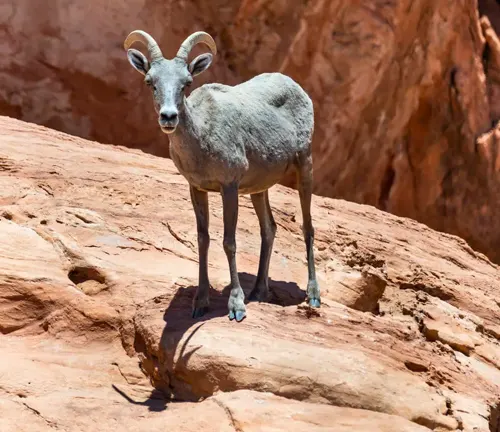
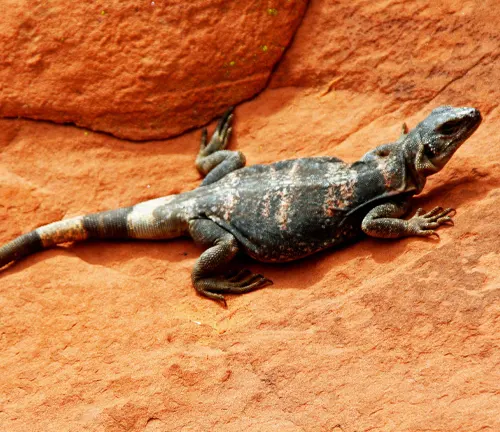
In Valley of Fire State Park, this diverse range of fauna contributes to the park’s ecological balance and adds to the overall richness of the desert ecosystem. Each species plays a unique role in the delicate harmony of life in this arid yet vibrant landscape.
Importance as a Wildlife Corridor and Habitat for Threatened Species
Valley of Fire State Park serves a critical role as both a wildlife corridor and a habitat for threatened species, playing a pivotal part in preserving regional biodiversity. The park’s expansive and varied landscape provides a corridor for wildlife movement, allowing species to traverse between different habitats, essential for maintaining genetic diversity and healthy populations. Moreover, the park serves as a refuge for several threatened species, including the elusive desert bighorn sheep and the Gila monster.
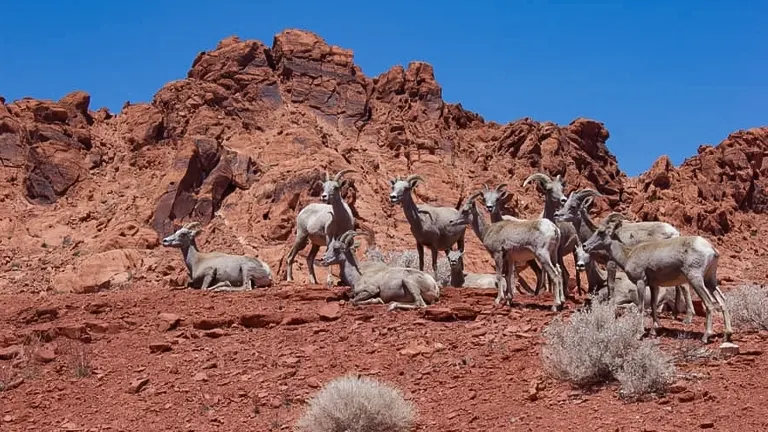
The unique topography, ranging from rocky formations to sandy expanses, offers these species a haven where they can find shelter, forage for food, and reproduce. As human encroachment and habitat loss threaten many species in the surrounding Mojave Desert, Valley of Fire State Park emerges as a sanctuary, demonstrating the crucial interplay between conservation efforts and the preservation of vital wildlife corridors for the survival of threatened species. The park’s significance lies not only in its captivating scenery but also in its commitment to maintaining the delicate balance of nature, ensuring a sustainable future for the diverse fauna that calls this desert landscape home.
Activities in Valley of Fire State Park for Visitors
1. Hiking

Valley of Fire State Park offers an extensive network of trails that cater to various skill levels. From the easy Fire Wave Trail to the challenging White Domes Trail, hikers can immerse themselves in the park’s geological wonders, discovering vibrant rock formations, petroglyphs, and panoramic views of the Mojave Desert.
2. Scenic Driving
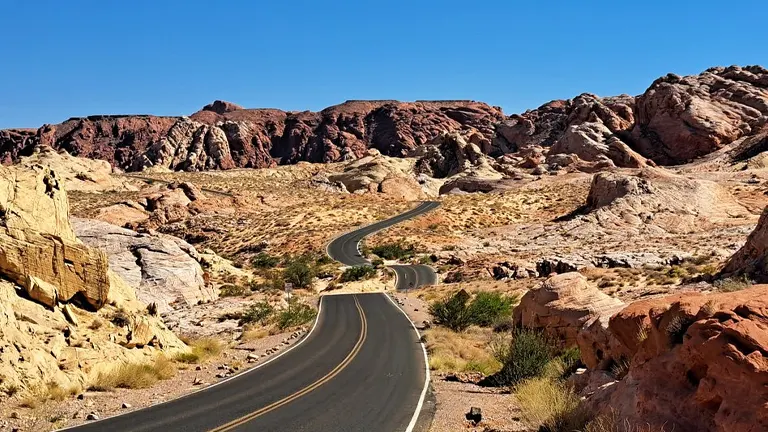
The Valley of Fire Road, designated a scenic byway, allows visitors to explore the park’s beauty from the comfort of their vehicles. Winding through colorful landscapes and unique geological formations, this drive offers numerous pull-offs for photo opportunities and a leisurely appreciation of the desert’s natural splendor.
3. Photography

Renowned for its stunning landscapes, Valley of Fire is a photographer’s paradise. The interplay of light and shadow on the vibrant sandstone formations, coupled with the unique flora and fauna, provides endless opportunities for capturing the park’s timeless beauty.
4. Picnicking
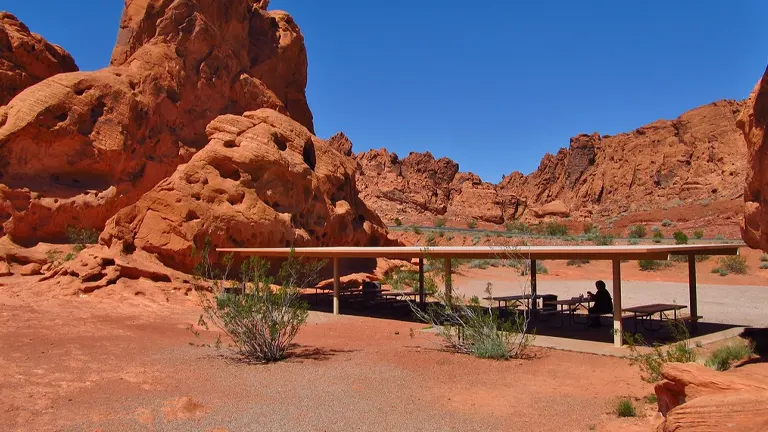
Well-appointed picnic areas within the park invite visitors to relax and savor the scenery. Surrounded by ancient rock formations and desert flora, these areas offer a serene setting for a leisurely picnic, allowing guests to recharge amid the natural wonders of Valley of Fire.
5. Wildlife Viewing
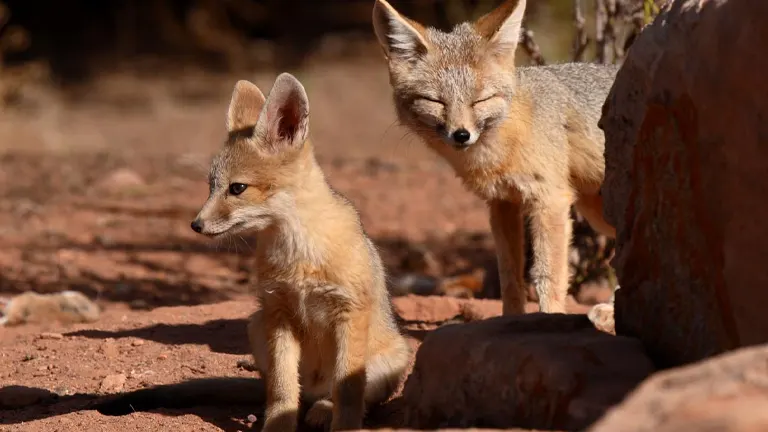
The park’s diverse fauna, including desert bighorn sheep, kit foxes, and various bird species, provides ample opportunities for wildlife enthusiasts. Patient observers may catch glimpses of these creatures in their natural habitat, adding an extra layer of excitement to the Valley of Fire experience.
6. Camping

For those seeking an immersive experience, Valley of Fire State Park offers campgrounds equipped with amenities. Camping under the desert sky allows visitors to witness the transition from day to night, revealing a breathtaking display of stars against the backdrop of the unique rock formations.
7. Interpretive Programs

Ranger-led interpretive programs provide educational insights into the park’s geology, ecology, and cultural history. From guided hikes to evening programs, these offerings enhance the visitor experience, fostering a deeper appreciation for the intricate tapestry of Valley of Fire State Park.
Conservation and Management
- Preservation of Geological Features: Central to the conservation efforts in Valley of Fire State Park is the preservation of its iconic geological features. Ongoing initiatives focus on safeguarding the vibrant red sandstone formations, ancient petroglyphs, and unique rock structures that define the park’s identity. Through thoughtful management, the park ensures that these geological wonders remain intact for future generations to marvel at and study.
- Wildlife Habitat Protection: Valley of Fire serves as a crucial habitat for various wildlife species, including the desert bighorn sheep and Gila monster. Conservation efforts prioritize the protection of these species and their habitats. The park’s management strategies involve minimizing human impact, preserving crucial feeding grounds, and creating corridors for wildlife movement, contributing to the overall health of the ecosystem.
- Visitor Education Programs: Conservation at Valley of Fire extends to educating visitors about the delicate balance between human interaction and the preservation of the natural environment. Interpretive programs, led by park rangers, aim to instill a sense of responsibility and appreciation for the park’s unique ecology. Through these programs, visitors gain insights into sustainable practices and the importance of minimizing their impact on the delicate desert ecosystem.
- Vegetation Management: As a part of comprehensive conservation practices, the park engages in vegetation management to maintain a healthy balance in the desert ecosystem. This includes monitoring invasive plant species, implementing controlled burns to promote natural regeneration, and ensuring the sustainability of plant life crucial to the park’s fauna.
- Research and Monitoring: Valley of Fire State Park actively participates in scientific research and monitoring programs. Through collaborations with research institutions and conservation organizations, the park gathers data on flora, fauna, and geological formations. This information aids in informed decision-making, ensuring that management strategies align with the evolving needs of the park’s diverse ecosystems.
- Infrastructure Sustainability: Sustainable infrastructure practices play a key role in the conservation and management of Valley of Fire. From energy-efficient facilities to waste reduction initiatives, the park is committed to minimizing its environmental footprint. This holistic approach extends to the development and maintenance of visitor amenities, ensuring a balance between human enjoyment and environmental preservation.
- Collaboration with Indigenous Communities: Acknowledging the cultural significance of the land, Valley of Fire State Park engages in collaborative efforts with indigenous communities. These partnerships contribute to the park’s conservation goals while respecting and preserving the cultural heritage of the Moapa Band of Paiutes and other Native American groups connected to the region.
The conservation and management practices in Valley of Fire State Park reflect a commitment to preserving its natural and cultural heritage. Through a combination of preservation, education, and sustainable practices, the park aims to strike a balance between facilitating visitor enjoyment and ensuring the long-term health and vitality of its unique ecosystems.
Recommendation
I highly recommend exploring Valley of Fire State Park for a captivating fusion of natural beauty and cultural significance. With its varied ecosystems, iconic landmarks, and recreational opportunities, the park offers a unique and immersive experience. Engage in responsible outdoor activities, such as hiking and wildlife observation, while supporting ongoing conservation initiatives. The scenic trails, historical sites, and collaborative conservation efforts make Valley of Fire State Park an essential destination for those seeking a harmonious blend of nature and recreation.
Conclusion
Valley of Fire State Park stands as a testament to the enduring beauty etched into the Nevada landscape. With its captivating red sandstone formations, ancient petroglyphs, and diverse ecosystems, the park offers visitors a journey through geological wonders and cultural history. From the resilient flora and fauna adapted to the arid Mojave Desert to the responsible conservation efforts that preserve this delicate balance, Valley of Fire encapsulates a harmonious blend of nature and recreation. As visitors traverse the scenic routes, engage in outdoor activities, and immerse themselves in the unique topography, they become part of a story that spans millions of years. This living tapestry of natural splendor, coupled with a commitment to conservation and sustainable practices, cements Valley of Fire State Park as a sanctuary where the past and present coalesce in a timeless celebration of the planet’s magnificent landscapes.
Encouraging Responsible Visitation
Contemplating my experiences in Valley of Fire State Park, I am motivated to advocate for conscientious exploration. This dynamic and ever-changing ecosystem thrives when visitors adopt responsible engagement. Whether you are an avid hiker, a photography enthusiast, or a family in search of a weekend retreat, each instance spent in Valley of Fire State Park offers a chance to actively participate in its preservation.
FAQs
- What makes the Allegheny National Forest unique in terms of wildlife?
Allegheny National Forest is home to diverse wildlife, including black bears, white-tailed deer, and the elusive timber rattlesnake. Its unique ecosystems provide habitat for over 350 bird species, making it a haven for birdwatchers. - Are there any notable cultural sites within the Allegheny National Forest?
Yes, the forest features historic sites like the Minister Creek Trail, adorned with ancient hemlock trees, and the Timberline ATV Trail, offering a glimpse into the region’s logging history. - What outdoor activities beyond hiking can visitors enjoy in the Allegheny National Forest?
Visitors can engage in a variety of activities, including scenic drives, fishing in the Allegheny Reservoir, and exploring over 600 miles of ATV and snowmobile trails. - How does Allegheny National Forest contribute to local economies?
The forest supports local economies through outdoor recreation, logging, and tourism, providing opportunities for businesses catering to visitors and sustaining the livelihoods of nearby communities. - Are there any seasonal events or festivals held within the Allegheny National Forest?
Yes, the forest hosts various events, including the annual Forest Heritage Festival, celebrating the region’s cultural and natural heritage, and numerous guided nature walks throughout the year. - What conservation initiatives are in place within the Allegheny National Forest?
Conservation efforts include habitat restoration for native species, invasive species management, and sustainable forestry practices to ensure the long-term health of the forest ecosystem. - Can visitors engage in stargazing activities within Allegheny National Forest?
Absolutely, the forest’s expansive and remote areas provide excellent opportunities for stargazing, especially at designated dark sky sites, offering a breathtaking view of the night sky. - Are there accommodations within or near Allegheny National Forest for overnight stays?
Yes, visitors can choose from various camping options, including developed campgrounds, dispersed camping, and cabin rentals, ensuring a range of choices for those looking to spend the night in or near the forest.
In closing, Valley of Fire State Park invites all who wander its trails and marvel at its red-hued wonders to embrace the timeless beauty of the Nevada desert. From the ancient petroglyphs etched into the sandstone to the vibrant flora and fauna that call this arid landscape home, the park weaves a narrative of natural splendor. As the day draws to a close, the memories forged under the desert sun linger, promising a return to this captivating haven. Whether you seek adventure, serenity, or a connection with the ancient echoes of the land, Valley of Fire bids a fond farewell until your next exploration through its fiery canyons and rocky vistas.


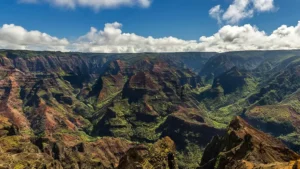
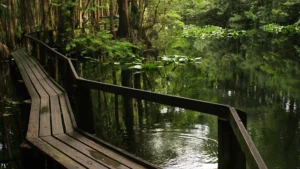
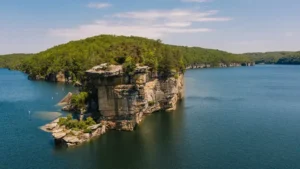
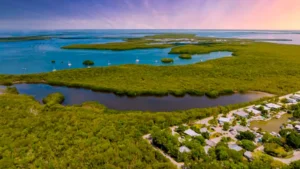
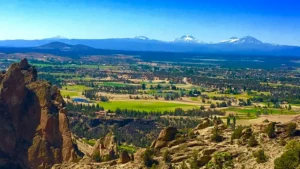

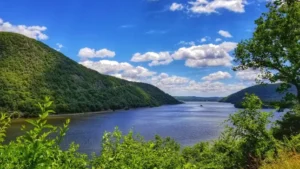

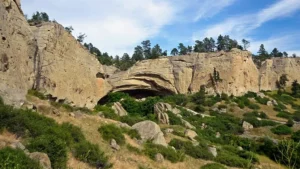
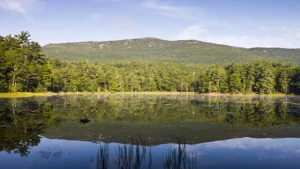
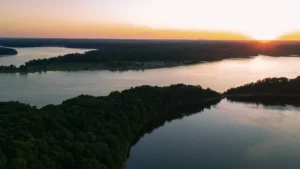
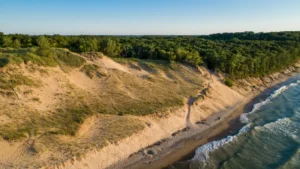
Leave your comment